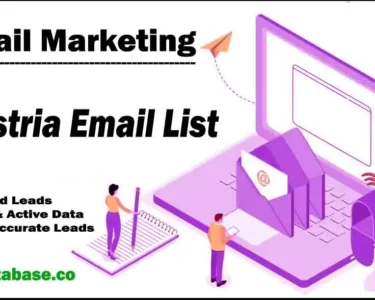Introduction
So, you’ve decided to take the plunge and starting a business. Congratulations! One of the first steps you need to take is creating a solid business plan. Why, you ask? Well, a well-thought-out business plan serves as your roadmap, guiding you through the entrepreneurial journey. It’s not just a formality; it’s a crucial tool that can mean the difference between success and failure. Whether you’re seeking funding, setting goals, or just trying to understand your business better, a business plan is indispensable.
Understanding a Business Plan
Let’s break down what a business plan actually is. Simply put, it’s a comprehensive document that outlines your business goals, the strategy to achieve them, and the resources required. Think of it as a blueprint for your business, detailing everything from your market analysis to your financial projections.
Executive Summary
The executive summary is arguably the most critical section of your business plan. It’s your first impression, a snapshot of your entire plan. Here’s where you need to capture attention—clearly and concisely summarize your business’s purpose, goals, and financial outlook. This section should make readers want to delve deeper into your plan.
Company Description
Next up is the company description. This is where you introduce your business, including its mission, vision, and objectives. You’ll also detail your business structure—whether you’re operating as a sole proprietorship, partnership, LLC, or corporation. This is your chance to outline what makes your business unique and how it stands out from the competition.
Market Research and Analysis
Market research is the backbone of your business plan. It involves gathering information about your industry, target market, and competitors. Understanding your target audience’s needs and preferences helps in crafting strategies that resonate with them. A thorough competitive analysis will help you identify your competitors’ strengths and weaknesses, allowing you to position your business more effectively.
Organizational Structure
Your business’s organizational structure determines how tasks and responsibilities are divided. Will you have a hierarchical structure, or is a flat organization more appropriate? Detail your management team, their roles, and their qualifications. This section should reassure readers that you have a capable team in place to execute your business plan.
Products or Services
Describe what you’re selling or the services you’re offering. What problem does your product or service solve? Why is it unique? This is also where you highlight your Unique Selling Proposition (USP)—the feature or benefit that sets you apart from the competition.
Marketing and Sales Strategy
A robust marketing and sales strategy is essential for attracting and retaining customers. Outline your marketing plan, including advertising, promotions, and public relations. Also, detail your sales strategy, including sales channels and techniques. How will you reach your customers, and what methods will you use to close sales?
Financial Plan
The financial plan is where you lay out your financial projections and funding needs. Include detailed financial statements—such as income statements, cash flow statements, and balance sheets. Clearly outline how much money you need, where it will come from, and how it will be used. This section is crucial if you’re seeking investors or loans.
Implementation Plan
An implementation plan details the steps you need to take to execute your business plan. Include milestones, timelines, and key performance indicators (KPIs) to track progress. This section helps you stay on track and measure your success over time.
Risk Analysis
Every business faces risks. Identify potential challenges and outline your strategies for mitigating them. This could include market risks, financial risks, or operational risks. Demonstrating that you’ve thought through these challenges shows investors and stakeholders that you’re prepared.
Appendices
The appendices are where you include any additional information or supporting documents. This might include resumes of your management team, product photos, or detailed market research data. It’s a place to provide extra details that back up your business plan.
Writing Your Business Plan
When it comes to writing your business plan, clarity is key. Use straightforward language and avoid jargon. Be honest about your business’s strengths and weaknesses, and ensure your plan is realistic. Avoid common pitfalls like making overly optimistic projections or neglecting to address potential risks.
Conclusion
Creating a business plan may seem like a daunting task, but it’s an essential step in starting and growing your business. By carefully crafting each section of your plan, you set yourself up for success and demonstrate to stakeholders that you have a clear strategy in place. So, roll up your sleeves, start writing, and turn your business vision into reality!
FAQs
What is the most important section of a business plan?
The executive summary is crucial as it provides a snapshot of your entire plan and can make or break your business’s chances of attracting investors or securing funding.
How often should I update my business plan?
You should review and update your business plan regularly, especially when there are significant changes in your business environment, market conditions, or business goals.
Can I write a business plan for a small business?
Absolutely! A business plan is beneficial for businesses of all sizes. It helps you clarify your goals and strategy, regardless of the scale of your business.
Do I need a business plan if I’m starting a sole proprietorship?
Yes, even as a sole proprietor, a business plan is valuable. It helps you organize your thoughts, plan for the future, and provides a roadmap for your business’s success.
How detailed should my financial projections be?
Your financial projections should be as detailed as possible, including income statements, cash flow statements, and balance sheets. Accurate projections are essential for securing funding and managing your business finances effectively.







